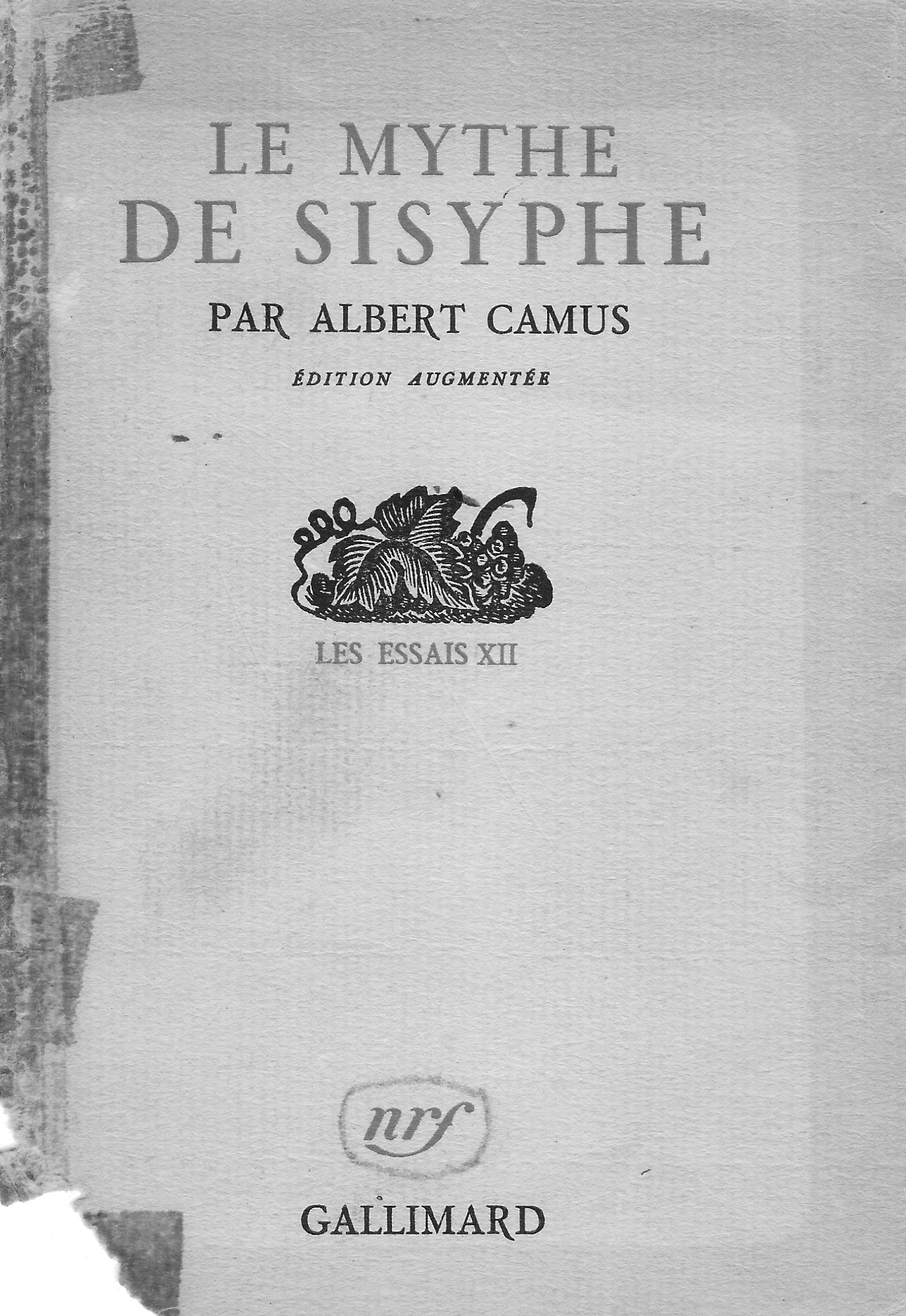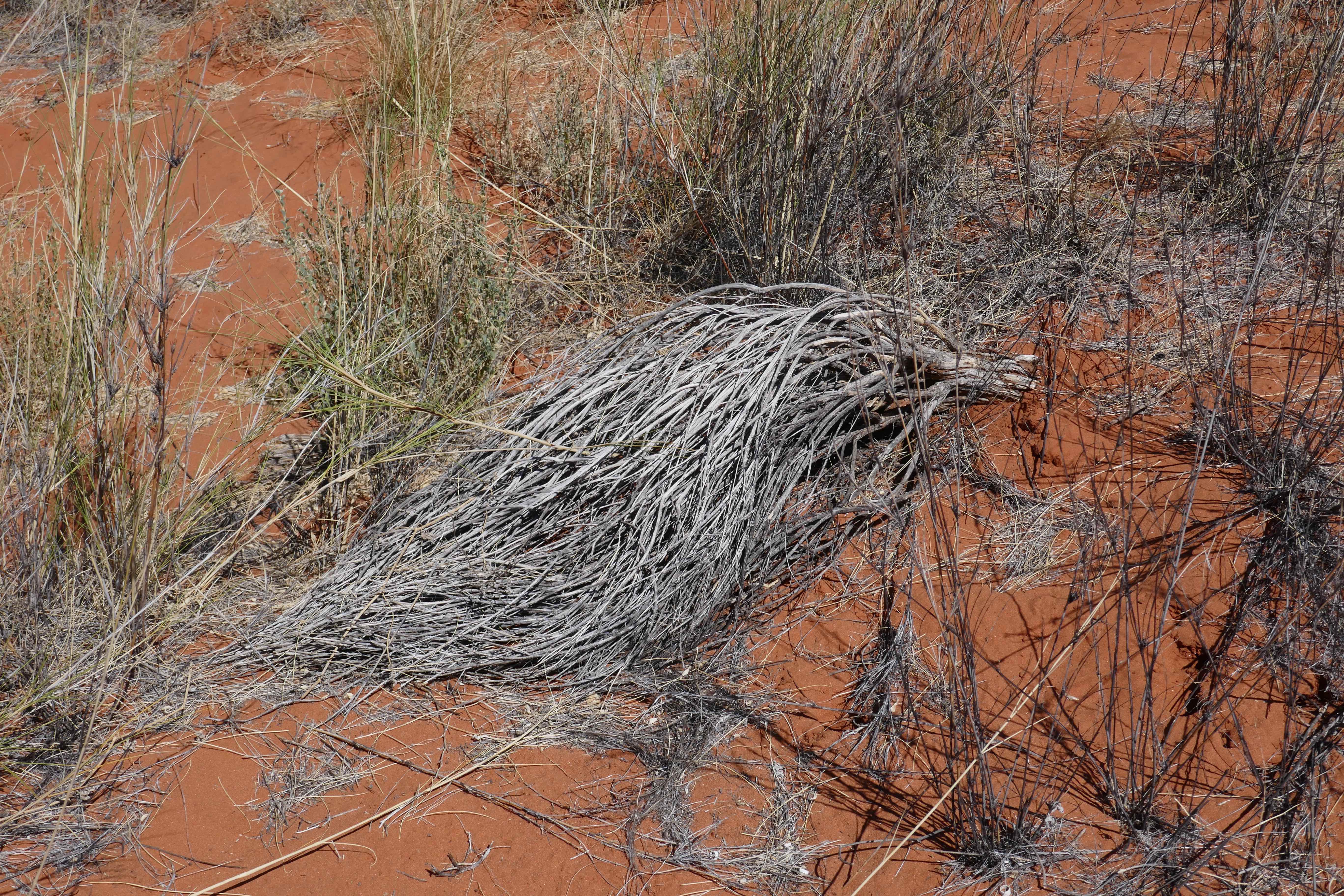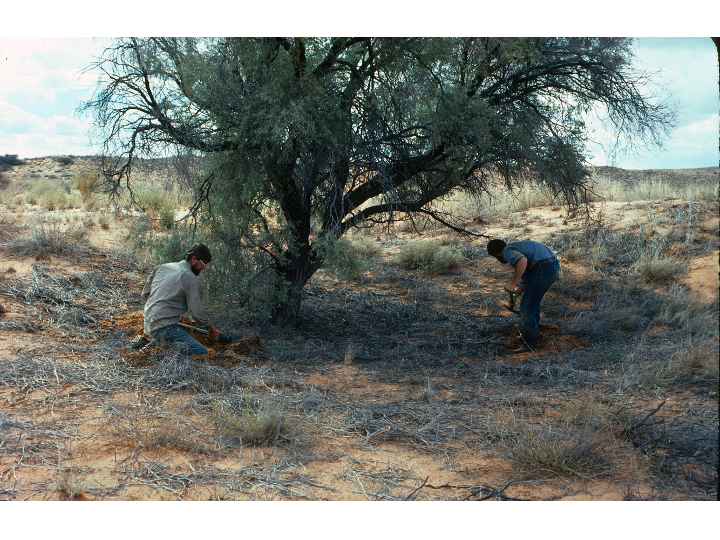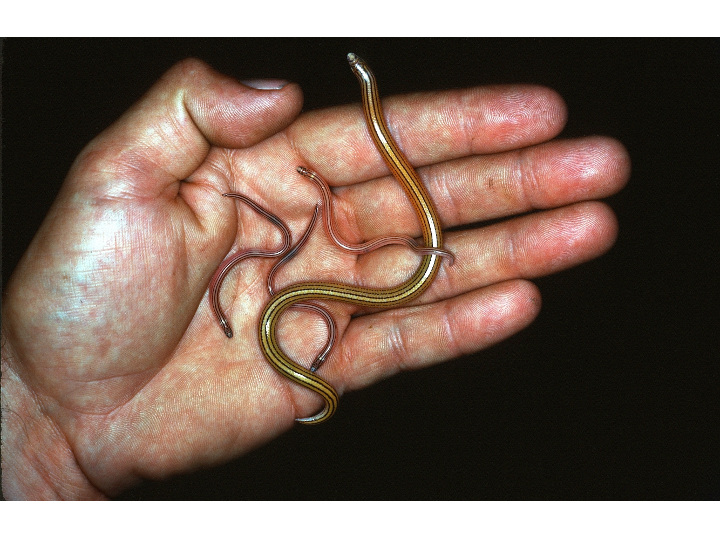17 Sisyphus encounters Typhlosaurus and is happy
I took two years of French at Deep Springs, and we read several classic books, plays, poems, and essays. One memorable essay was Le mythe de Sisyphe by Albert Camus. This essay was a retelling of a Greek myth. Sisyphus had been a king but was punished for his chronically deceit. He was condemned to push a massive boulder up a hill, only to watch it roll down. Then he had to push it back up the hill, repeating this cycle endlessly.

When I first read this story (I was ~ 18 years old), I concluded that Sisyphus was condemned to Hell. But I distinctly remember being stunned by the essay’s last sentence, which translates as “One can imagine Sisyphus happy.”
“No!” I blurted. No way. I could not accept that Sisyphus was “happy in his work.”
But as I grew in experience over the years, I gradually gained a different perspective on Sisyphus’s emotional state. Many chores in life (or biology) are tedious and repetitive, sometimes even absurd. But the only way to stay mentally healthy is to struggle. Accepting the act of struggling itself – not necessarily what one is struggling with – is satisfying.
I soon learned to take advantage of this perspective. When I needed to do a tedious or challenging chore, I would just twist my mind into thinking that I wanted to do that chore.
My first application of this ‘mind twist’ came when I was a beginning grad student. I was a terrible writer. [Note: I’m not being modest!] Moreover, I felt lost just trying to write. But I knew that writing would be central to whatever I did in life, so I decided to convince myself that I liked writing and even looked forward to writing. Similarly, I later convinced myself that I liked statistics, and soon began looking forward to reading stats books and articles. Perhaps that is not what Camus had in mind, but this “twist-one’s-thought-around” process has worked well for me over many decades.
Before arriving in the Kalahari, I thought about what life would be like there. Larry and I would visit one of our study sites, spend a few days collecting, and then drive to the following site, visiting 8 to 10 sites each month – and repeat this cycle over and over again for almost a year. I knew that running a trap line between sites would soon become boring (except when I encountered a horned adder or lion).
I decided that I needed to add a challenge – something that would enable me to take ownership of the trip. I needed to pick something hard, something I did not want to do. But before arriving in the Kalahari, I had no idea what that challenge might be.
I did know that two species of legless lizards lived in the Kalahari (then = Typhlosaurus, now = Acontias, but herein still “Typhlosaurus). They looked like skinny miniature snakes but lived in the sand underground (”fossorial”). Consequently, the only way to find them was to dig in the sand. But what would I conclude if we failed to find them on a given site? Were they really absent, or had we dug in the wrong places? That question is unanswerable. So, the mere thought of digging for these lizards – perhaps fruitlessly – was not appealing. Plus, it would be hard physical work.
Before leaving for Africa, I proposed to Eric that we skip the fossorial species and instead focus on ‘real’ lizards – those that played fair and ran around exposed above ground. Eric said no because he had included fossorial lizards in his Australian surveys and wanted parallel information on Kalahari ones. I had tried and failed to dissuade him. I was stuck. Larry and I would have to dig for typhlos.
Eventually, Larry and I got to the Kalahari. One of our first stops was our L area, in the Botswana section of the Gemsbok Park (now the Kgalagadi Transfrontier Park). I looked around, wondering where to dig. I spotted a fallen Crotalaria, a broom-like grassy shrub. I flipped it over, dug underneath, and out squirmed a typhlo, quickly shimmying itself back into the sand. I pounced, grabbed into the sand, and caught the little guy before he could disappear. Fantastic. This was thrilling, high intensity, and unexpectedly fun.



I started digging at all of our study sites (Graeme Ellis later claimed I was “re-engineering the Kalahari dunes”). Before long, I was fascinated by these little lizards and decided that my ‘Camus’ project would be to study their life history. This study would not win me a Nobel Prize, but would require a sustained effort. I’d have to dig to find these lizards, and I’d need to do this every month to find out when they bred, how fast they grew, etc. But in my own twisted way, I found this project amusing and appealing. Few biologists would ever have a chance to spend a year in the Kalahari, and even fewer of those would ever think like Sisyphus and look for happiness by studying the life history of a fossorial lizard. One must imagine Ray as Sisyphus warped – but happy.
One of the two species of typhlos was abundant, but the other was not – and we’d caught only a few by May. But Ted Papenfuss joined us for a few weeks in late autumn 1970. [Ted is universally recognized as the greatest collector of amphibians and reptiles in the world.] When we were at our B area in the Northern Cape, Ted returned to camp one morning with a pile of A. gariepensis – the ‘rare’ species. He’d discoved them inside the base of dead bunch grasses on a sandridge that I’d rarely visited. Once I learned about this special microhabitat, I found A. gariepensis in all of our sand-ridge areas.
As Larry and I collected over the months, we found tha the two typhlos had partially overlapping geographic ranges. The larger of the two species was longer with sympatric with the smaller species, suggesting “ecological character displacement.” This classic concept proposed that inter-specific competition for food can favor the divergence of species in body size or other traits, thereby reducing competition (because prey size usually correlates with predator size). We ended up writing three papers dealing with life history and character displacement in Typhlosaurus. At the time of publication, our studies were among the most compelling cases of ecological character displacement. But I regret that I never acknowledged Camus for inspiration!
The story doesn’t end there. While we were working on the first paper, Peter Grant published (1972) a critical analysis of existing studies of character displacement. We sent him a draft of our manuscript and asked for comments. Peter sent back an encouraging and constructive review. We then revised our manuscript and submitted it to Ecology, a leading journal.
Simultaneously, but unknown to us, the American Society of Zoologists had organized a symposium on character displacement at its 1973 (late December) meeting. Peter had been invited but declined because he had an opportunity to make his first trip to the Galápagos. He suggested I take his slot in the symposium. Being invited to give a symposium talk as a mere grad student was a special honor. It also initiated my career-long association with ASZ (now called Society for Integrative and Comparative Biology) and a long friendship with Peter Grant and Rosemary Grant. This chain of encounters – starting from my response to Camus’s essay to Ted’s discovery of how to find A. gariepensis to the invitation to talk at the ASZ symposium – seems absurdly improbable in retrospect. Improbabilities aside, these events helped establish my career. I’ll return to these encounters later (see Chapter 64 for details).